Updates to this blog have been few and far between. I still have about 50 pics from Nick Stern's Pacificon Black Powder Maiwand game, which resulted in a legendary British victory, but loading them up will take a long time and I am rather swamped at the moment, so I'm putting up some very nice pictures of various figures from my 130th anniversary game, taken by the talented man who painted them, Igor Olshansky. I've had these on hand for some time but never before thought of posting them, probably since they seem in a way to be Igor's property! But I've posted a few of his pictures here before and he was always happy about it, so I'm pretty sure he will not mind. I have a link to his web-site on the "ABOUT IGOR THE MINI ARTIST" page but here it is again, for convenient access:
Igwargminis.com
(Go there if you want to see some beautiful miniatures and/or if you're looking for someone very dependable, who can paint your figures very well for a reasonable price.)
And now, without further ado, here's some pics of Igor's handiwork, fresh off his painting table at the time:
First up are some converted Afghan Regular Army High Command, the mounted figure is a complete Foundry casting called "Afghan General/Sirdir", the 2 foot figs on the left are 2 Foundry Franco-Prussian War French commanders whose heads I removed and replaced with an Indian Mutiny rebel turban head and an Afghan Regular Infantry "beehive hat" head, while the 2 foot figs on the right are Foundry FPW Prussian commanders. I filed down the seated officer's hat and used modeling putty to turn it into a turban. I removed the standing officer's head and replaced it with that of another Indian Mutiny rebel in a turban, this time wearing only a mustache, no beard, since this figure (in the poshteen and reddish turban) is meant to look like this photo of the young Ayub Khan, commander of the Afghans at Maiwand:
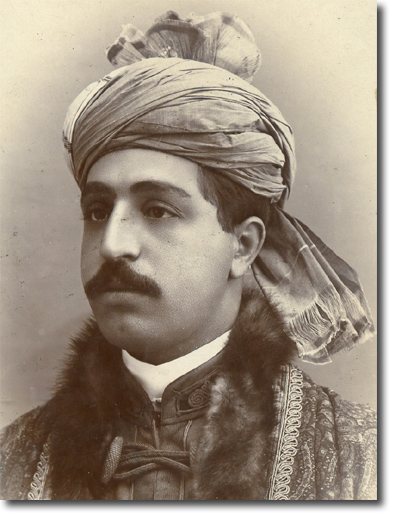



Duke was involved with a number of vocations throughout the years: WLW-D Television, Kircher/Helton/Collette Advertising, Dynamic Displays, Custom Cast-Der Kriegspielers, Heritage USA, (both serving the tin soldier market), TSR (Dungeons & Dragons), Creative Concepts and Dry Foam Carpet Cleaning.
He is predeceased by his parents Opal (Willman) and William Seifried, Dayton, Ohio. He is survived by his wife & best friend of 26 years, Annette Baker. His first wife, Ruth Nungesser Seifried (deceased) was the mother of his children, including: Shari (Ron) Gross, Bruce Seifried, Jonathan (Cary) Seifried, Laura Illanes, Samantha Seifried-Sipowicz and Shelly (Jim) Sawyers . There are also two adopted boys: Daniel Seifried and Benjamin Seifried. There are thirteen grandchildren. He is further survived by his sister, Mary Seifried, sister-in-law, Alice Gilbertson, along with step-children Jeff (Gaynell) Instefjord, Eric (Lyn) Instefjord, Kent (Lori) Instefjord and Lisa (Russ) Armstrong; also six step-grandchildren & two step-great grandchildren. He leaves behind many musician & adventure/wargaming friends. Duke donated his body to the UW-Wisconsin Medical School, particularly to research Pulmonary Fibrosis in hopes of one day finding a cure. Memorials may be made to the Building Fund at Hope Lutheran Church in Milton, WI located at 335 Dairyland Drive, 53563, The Building Fund for the Southern Wisconsin Humane Society located at 222 S. Arch St, Janesville, WI 53548. Jazz for Jesus will play at the memorial service to be held at Hope Lutheran Church in Milton, WI at a later date. No Flowers, please.
We are most grateful to Agrace Hospice, Kathy and Bob of Mercy Home Care, Dr. Jane Anderson, Mercy Clinic South, Dr. Jay Tuck, Mercy Lung Center and dear friends, Wayne and Diane Wiley, Gary and Belem Regan and Phil Moore for their constant concern and helpfulness, and Pastor Collette Gould for her many visits. We would also like to thank our friends for the many supportive emails and phone calls over the past few weeks.




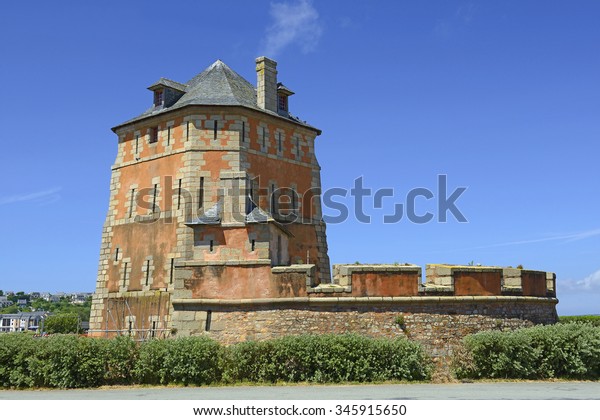



Igwargminis.com
(Go there if you want to see some beautiful miniatures and/or if you're looking for someone very dependable, who can paint your figures very well for a reasonable price.)
And now, without further ado, here's some pics of Igor's handiwork, fresh off his painting table at the time:
First up are some converted Afghan Regular Army High Command, the mounted figure is a complete Foundry casting called "Afghan General/Sirdir", the 2 foot figs on the left are 2 Foundry Franco-Prussian War French commanders whose heads I removed and replaced with an Indian Mutiny rebel turban head and an Afghan Regular Infantry "beehive hat" head, while the 2 foot figs on the right are Foundry FPW Prussian commanders. I filed down the seated officer's hat and used modeling putty to turn it into a turban. I removed the standing officer's head and replaced it with that of another Indian Mutiny rebel in a turban, this time wearing only a mustache, no beard, since this figure (in the poshteen and reddish turban) is meant to look like this photo of the young Ayub Khan, commander of the Afghans at Maiwand:

*NOTE: For this and all other mini pics below, simply CLICK ON THEM to see a full-size version...
Next are some Empress Miniatures Zulu War British Ensigns, used as standard-bearers of the 66th (Berkshire) Regiment, in patrol jackets and blue home service dress trousers:
Below are more Empress Ensigns as 66th standard-bearers. These are in khaki and include 2 more conversion jobs -- the 2nd figure from the right, whose head I removed and replaced with an Empress Minis bare-head (from their extremely useful Zulu War "Accessories" range), then wrapped a tiny tinfoil bandage around his head so he would resemble Lieutenant Olivey, who despite a bad head wound, refused to relinquish the Queen's Colour; and the figure on the extreme right, meant to be Lieutenant Colonel James Galbraith, down on one knee, with his sword in one hand and the Regimental Colour in the other, just before his death during one of the Last Stands made by some men of the 66th, whom he had rallied and turned around to face the oncoming Afghans as most of the rest of the Anglo-Indian brigade routed away. This is the pose he takes in the sculpture raised in his memory by his siblings a few years after the battle:
You might ask "Why so many dang standards, after all, the 66th Regiment only had two?" The answer is I got a bunch of extras and gave a pair of Queen's & Regimental standard-bearers to each of the 3 fellow gamers who helped out the most in preparing for the 130th anniversary Maiwand game we played on July 27th, 2010.
Here's a shot of the command element of Jacob's Rifles/30th Bombay Native Infantry. I have found no certain evidence one way or the other regarding whether or not this unit carried its standards at Maiwand or even for that matter if they possessed standards at all, as British "Rifle" regiments as a rule did not and Indian Army units generally took their cues from their British Army prototypes. However, none of that stopped me from fielding these beauties:
Unlike Jacob's Rifles, there is some mention in contemporary accounts of the 1st Bombay Grenadiers losing their standards during the battle of Maiwand, so I have less concern regarding their historical propriety! I should mention they also withstood a little bit of customization, as -- like the Sikhs above -- they are Perry Miniatures Sudan Indian Army figures. But while the above Sikhs only required a particular paint-job to generally resemble Jacob's Rifles (as even I was not about to attempt shaving off all their 28mm scale beards!), the Bombay Infantrymen below required slight adjustment to their headgear, as they are designed to be wearing the khaki cloth covering which came into service after the 2nd Afghan War and which gives their turbans a perfectly smooth appearance. In 1880 Afghanistan all the folds of the wrap-around lungi would have been visible, as would the pointed tip of the kullah worn beneath. It's not that prominent in the picture below but I cut some folds into the sides of the turbans and added the tip of a kullah and one white-fringed end of the otherwise-khaki lungi sticking out on top. This color scheme for the turbans of the 1st Bombay Grenadiers is based on a color plate of a soldier of the unit in the Osprey Men-At-Arms book "Indian Infantry Regiments, 1860-1914, as seen on the left side of this picture:

Here's the 28mm Perrys with converted turbans:
That's it for now. Hopefully before too much longer I will manage to put at least some of those pictures of the Maiwand Day 130 version 2.0. Until then, best wishes and stay well!
* * *
THE 72nd, DUKE OF ALBANY'S OWN, HIGHLANDERS
The 72nd are one of my own favorite British regiments and I've always wanted a unit of them for my Second Afghan War army, dressed in their trews with matching tartan puttees. Truth is there is some question over whether enlisted men and NCOs wore such puttees or simply wore khaki ones, while there is definite visual evidence that officers in the regiment did in fact wear puttees in Afghanistan that were cut from the same pattern material as their highland trews. You can find an excellent color plate of an officer from the unit in the Osprey book: "The British Army on Campaign 1816-1902, volume III: 1856-1881," as well as a somewhat fuzzy contemporary photograph of the unit. You can find an incredibly sharp photo of the Colonel Commanding the regiment and several other officers -- most of them wearing their tartan puttees -- in the Osprey book: "Queen Victoria's Highlanders."
And now for the figures...
Here are some very nicely painted 72nd, Duke of Albany's Own, Highlanders, using Perry Sudan British infantry in Indian service dress. Igor -- who doesn't love elaborate uniform detail -- out-sourced them and their tartan trews to a wargamer & painter friend named Bernard, who IMHO did an absolutely STUPENDOUS JOB...
The 72nd were present at several major engagements of the war. They participated in General Roberts' legendary Kabul-to-Kandahar march and then fought tenaciously at the subsequent battle of Baba Wali, AKA the Battle of Kandahar -- in which what remained of Ayub Khan's army was decisively defeated and the British debacle at Maiwand just over a month earlier was avenged. Sadly, their Commanding Officer, Lt. Colonel Francis Brownlow, was killed in action during the battle, while leading the 72nd in an attack on one of several fortified villages occupied by the Afghans outside of Kandahar.
Here are some not very good shots of Osprey color plates and old photos of the officers and men of the 72nd:
Here are some very nicely painted 72nd, Duke of Albany's Own, Highlanders, using Perry Sudan British infantry in Indian service dress. Igor -- who doesn't love elaborate uniform detail -- out-sourced them and their tartan trews to a wargamer & painter friend named Bernard, who IMHO did an absolutely STUPENDOUS JOB...
(click on photo to expand)
Since BLOGGER "Pages" don't publish their dates of origin, I can't exactly track when I first published the pic above, but I'm writing this in the final days of December, 2010, and it was months ago! Below are some more pics of the same figures, laid out atop the Maiwand terrain boards...
The pics above are also the first I've posted of some RENEDRA plastic tents I bought this past Summer. I HIGHLY RECOMMEND them! They were relatively inexpensive and painted up easily and I think very nicely, using a very simple scheme of (1) BROWN SPRAY-PAINT primer/base-coat, (2) heavy dry-brush of MUDSTONE and (3) LIGHT IVORY dry-brushed highlights (flat brown spray-paint from Home Depot and DELTA CERAMCOAT craft colors for the dry-brushing).
The tents are available from a variety of sources, but here's a LINK to the manufacturer's site:
As requested on TMP, some pics of 15mm figures on and about my rocky wood-chip hills...
Lt. Maudet and company charge out of the shed at the Mexicans, by A.H. Palacios in the 1983 graphic novel: "MAC COY - Camerone"

Mohmand Hill Tribe marching with flags...
RML 8-inch Howitzer in action...
BRUCE “DUKE” SEIFRIED Obituary
Bruce “Duke” Seifried, Janesville, WI was born on August 19, 1935, baptized on April 11, 1936, and confirmed January, 1947, at Christ Episcopal Church, Dayton, OH. He left us to play in the heavenly jazz band on Saturday, September 29, 2018, after a courageous nine and a half year battle with Idiopathic Pulmonary Fibrosis (IPF). Duke graduated from Urbana High School in Urbana, Ohio, and from Miami University in Oxford, Ohio, in 1957 with advanced business studies from the American Management Association in Chicago.
Duke is best known for his work in designing and fabricating inter-active museum displays of historical and fantastical subjects that may also be played out as a game. He has termed these “Extravaganzas” and there are forty six of them finding homes throughout the world and in a number of our American States. They are comprised of terrain, structures and hundreds of authentic figurines mostly an inch down to 5/8’s of an inch tall with all elements in scale. (This work may be observed at: DukePix.SmugMug.com) His work is prized by collectors and gamers alike with major collections in Monaco (1/3rd), also in: Australia, Bahrain, Italy, New Zealand & throughout the United States. In December 2017, a book, “Duke Seifried and the Development of American Miniature Wargaming” was published, edited by John Curry, UK, and Jim Getz, Ohio.
Duke was not just a pioneer in the miniatures wargaming hobby, he was one of the key founders. Without his creativity, talent, and energy the hobby and its associated businesses would not be what they are today. During his life Duke received many awards for his contributions: Historical Miniatures Gaming Society (HMGS) Scruby Award for lifetime achievement; charter member of the HMGS Legion of Honor for distinguished service to the hobby; Commander of the Legion of Honor at the time of his death; Game Master Lifetime Achievement Award (HMGS) and renaming of the Game Master of the Year Award to The Duke Seifried Game Master of the Year Award (HMGS); the Game Manufacturers Association (GAMA) Hall of Fame; Academy of Adventure Gaming Arts & Design Origins Award (note that “Adventure Gaming” was a phrase coined by Duke). Perhaps Duke’s greatest honor from the wargaming world is that he was known to all as “Uncle Duke,” a sign of their genuine affection and respect for him.
His other interest was jazz. Duke was primarily a jazz guitarist, arranger and string bass player. In recent years his credits include serving for many years with the Jack Farina Big Band, Jazz for Jesus and a computer-driven solo element (COOL JAZZ) featuring special arrangements he wrote as backgrounds and performed over as a single (thanks to techy friend, Dan Mackey). He played string bass for a number of churches he and his wife, Annette, attended. He also played for the Bert Blain American Heart Walk for 15 years. While living in Ohio, he performed with many combos and some well-known names.
Duke was involved with a number of vocations throughout the years: WLW-D Television, Kircher/Helton/Collette Advertising, Dynamic Displays, Custom Cast-Der Kriegspielers, Heritage USA, (both serving the tin soldier market), TSR (Dungeons & Dragons), Creative Concepts and Dry Foam Carpet Cleaning.
We are most grateful to Agrace Hospice, Kathy and Bob of Mercy Home Care, Dr. Jane Anderson, Mercy Clinic South, Dr. Jay Tuck, Mercy Lung Center and dear friends, Wayne and Diane Wiley, Gary and Belem Regan and Phil Moore for their constant concern and helpfulness, and Pastor Collette Gould for her many visits. We would also like to thank our friends for the many supportive emails and phone calls over the past few weeks.






On the heights above Chakdara, Tribal Watchmen keep their eyes peeled not for caravans to rob or enemies to ambush, but for the DAK (postal delivery). Their master in all things awaits the new edition of the Peshawar Tribune...
The Faithful Deliverer (of the newspaper) arrives at the Garden of Martyrs Cemetery, to be greeted by watchful Ghazi bodyguards, and the Mad Guru himself, who calls out in Pashto, which we here translate to the common tongue for your benefit: "Dak, dismount and start reading what my blind eyes cannot -- starting with the latest column by that veritable Tennyson of the Frontier, Reginald Winkie..."
"At once, my Guru -- but all due respect, in my humble opinion, this Winkie fellow you speak of is no Rahman Baba."*
(*Legendary c.17th Pashtun Poet
also hailing from Peshawar)
MAD GURU: Keep your opinions to yourself and start reading and translating!
DAK: Hmmmm. There is a very large headline whose story takes up the entire front-page.
MAD GURU: What are you waiting for? I'm not getting any younger -- only madder!
DAK: Forgive me, oh great Guru, and Kindly attend the words of that most magnificent and distinguished writer, Mister Reginald Winkie as I quote them to you word for word...
DAK: "Forces of the Queen Battle Tribal Rebels! Word has reached Peshawar of a recent clash between Fully's Flying Devils** and Omar Khan's Lashkar.*** This bloody conflagration is reported to have taken place somewhere between Mir Ali and Spinwam..."
(**Colonel Fullerton's Flying Column)
(***Omar Sharifo's Afridi War Party, augmented
by a small number of Orakzai Tribesmen)
"And now dear readers, I must respectfully advise you to sit down before proceeding to read the next paragraph, as its contents are of such shocking nature, they may result in apoplexy or a conniption fit..."
TO BE CONTINUED...
"TORCHING DARGAI" -- New Colour Lithographs courtesy
of celebrated war illustrator Reginald Winkie...
52nd Sikhs with Regimental Colours
oak, walnut, alder, ash, and juniper trees
The high mountains abound with large forest trees, among which conifers, such as pine and fir, predominate. Some of these trees are 180 feet (55 metres) high. The average elevation for the fir line is over 10,000 feet (3,000 metres). At lower elevations, somewhere between 5,500 and 7,200 feet (1,700 and 2,200 metres), cedar is abundant; below the fir and cedar lines, oak, walnut, alder, ash, and juniper trees can be found. There are also shrubs, several varieties of roses, honeysuckle, hawthorn, and currant and gooseberry bushes.

MINI-WARS 2022 - DAY ONE, PART II:
SUNDAY MINI-WARS 2O22



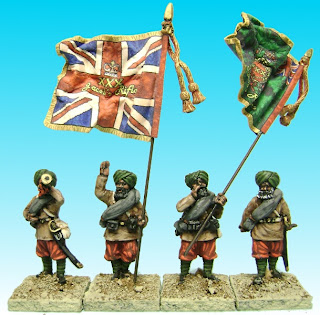
























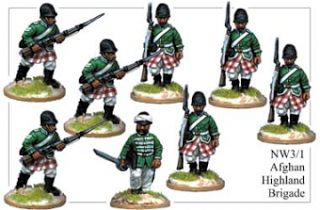





























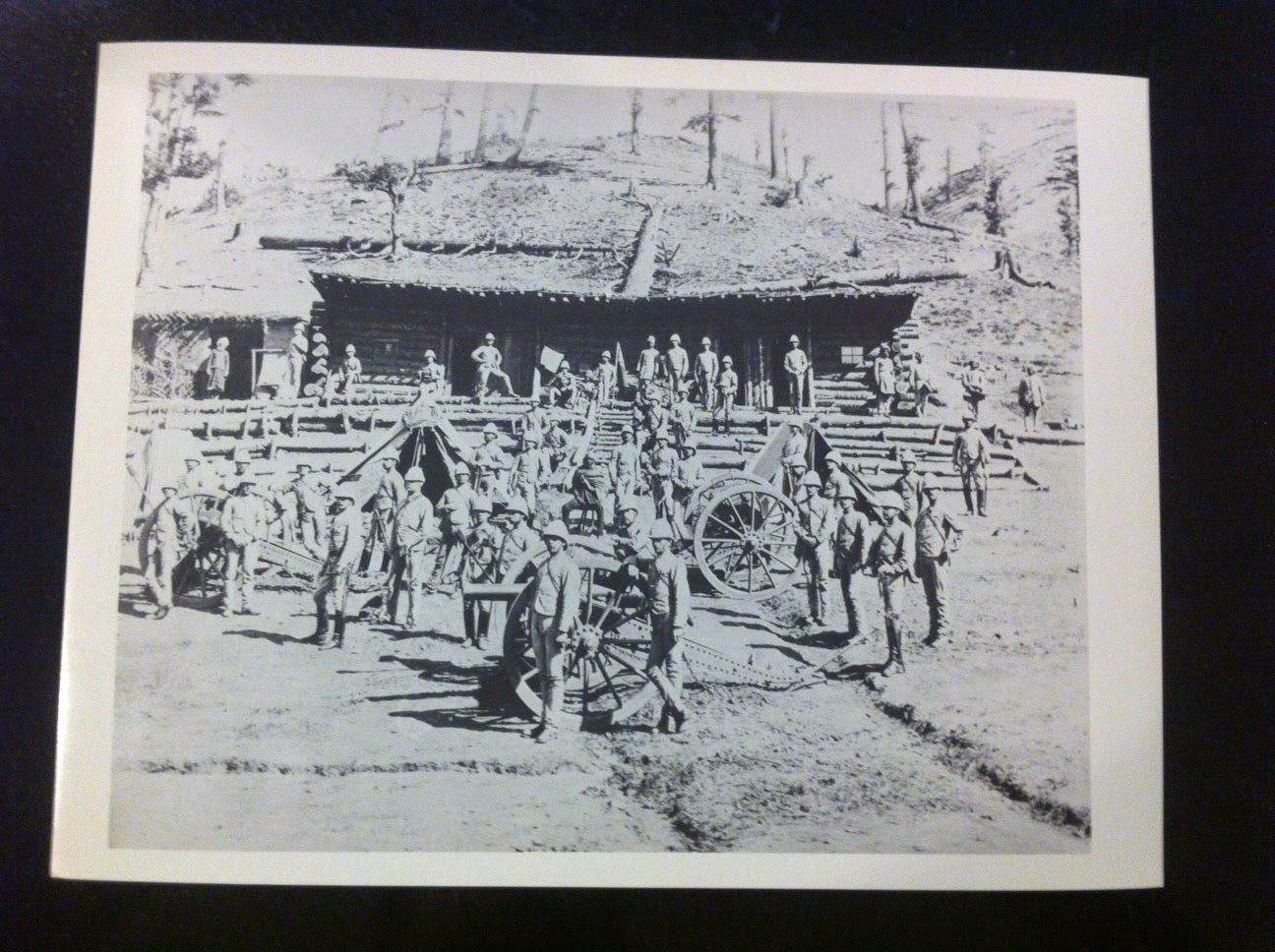

.jpg)











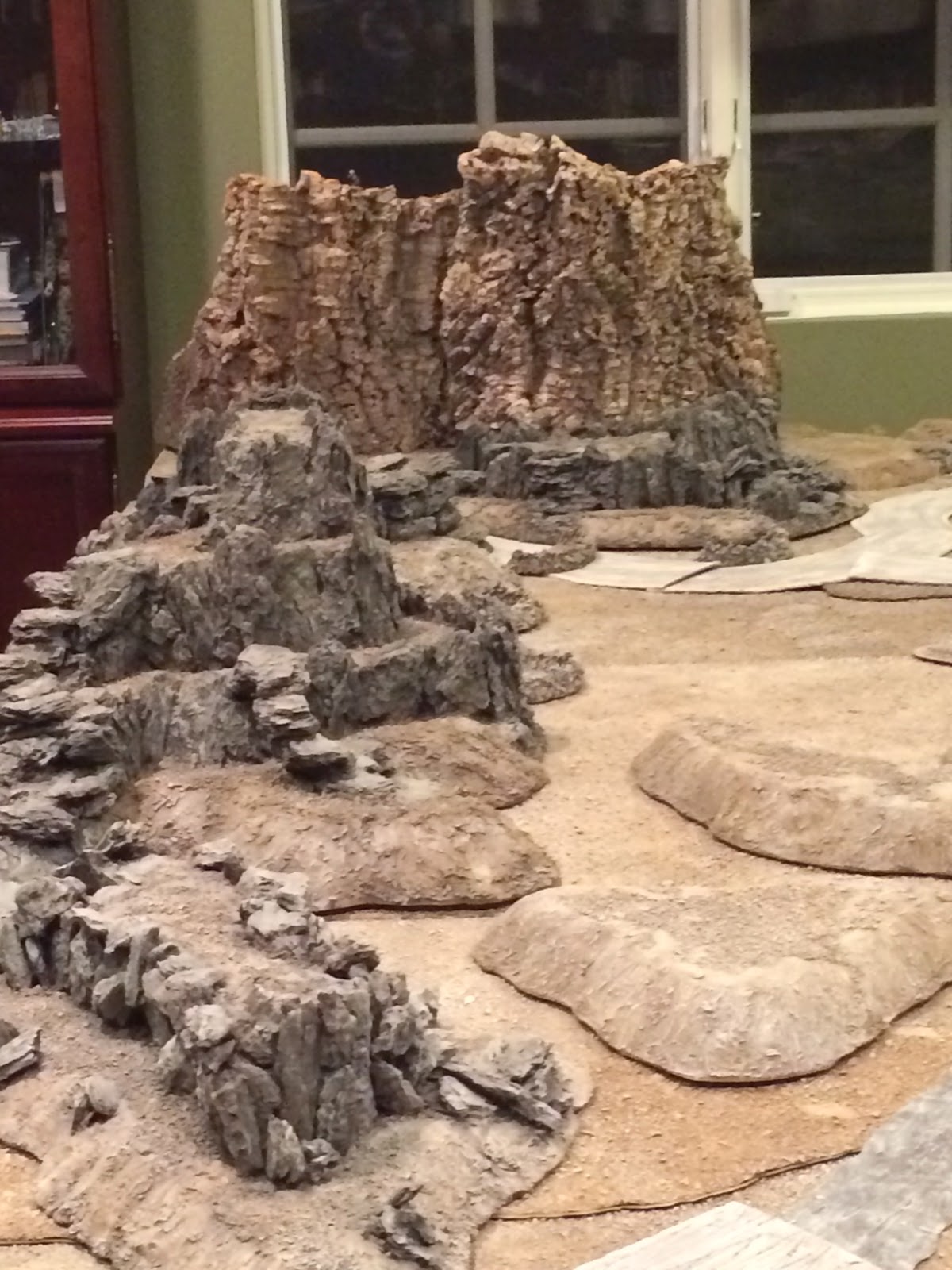
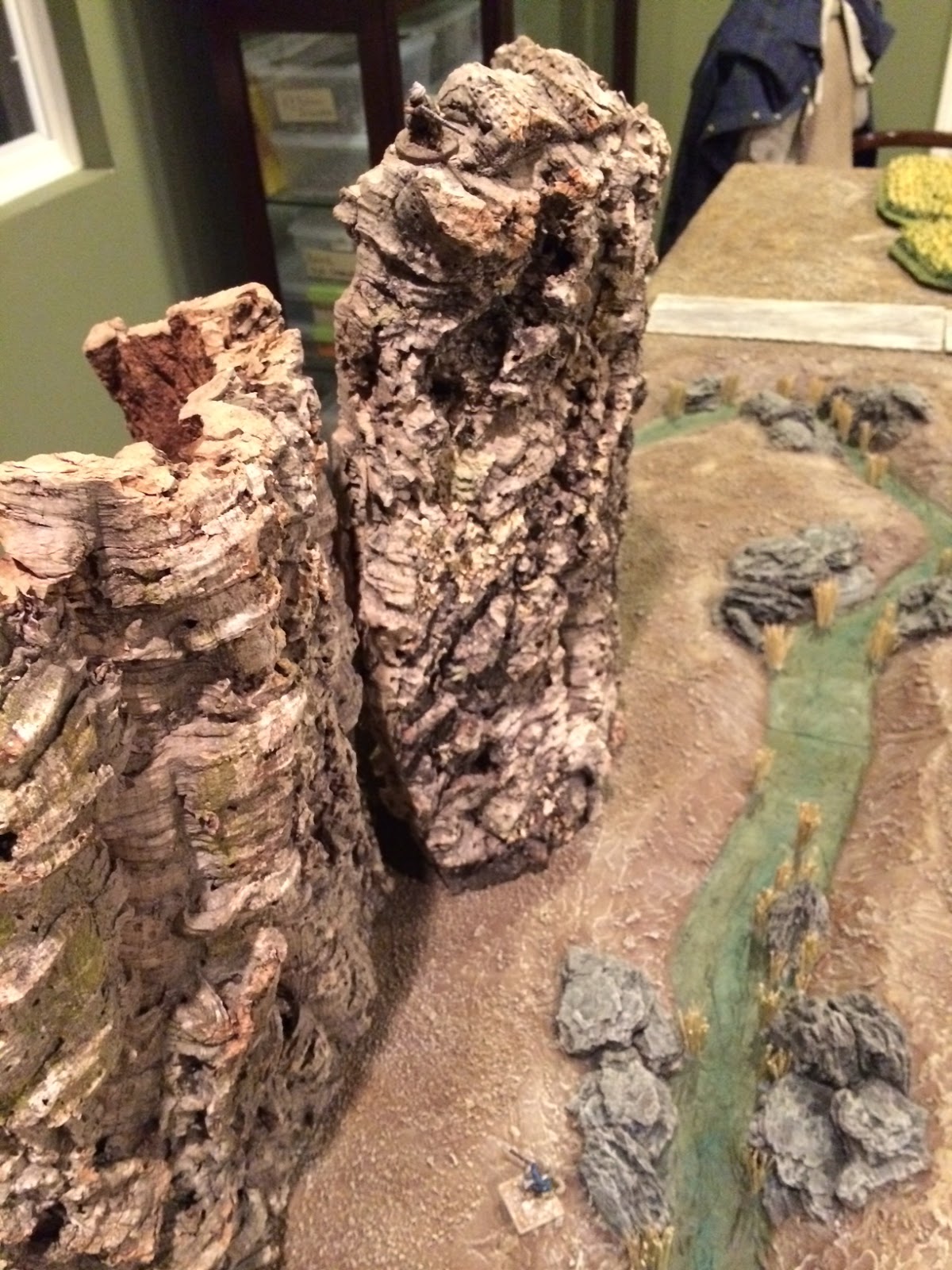
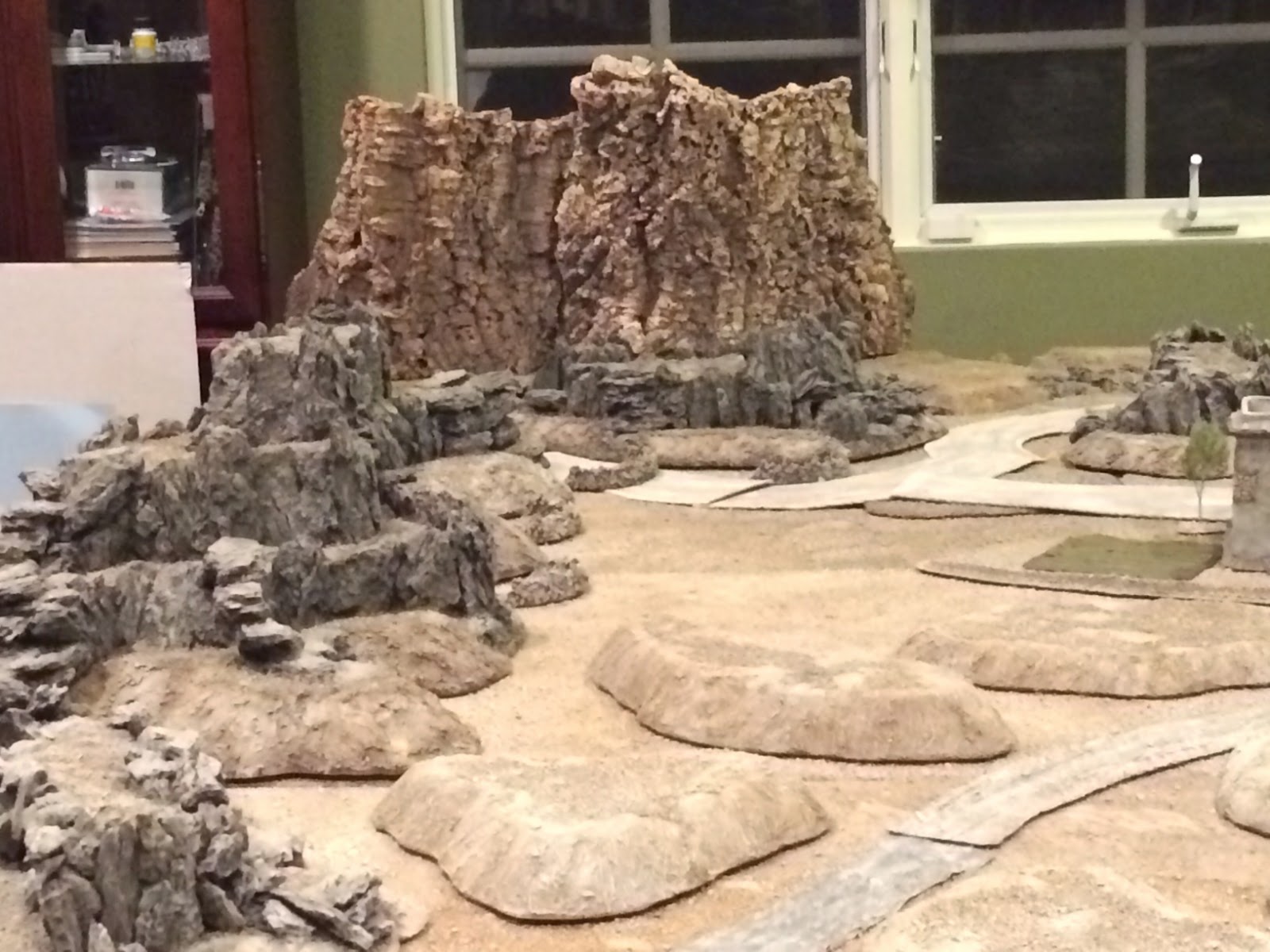







.JPG)






























































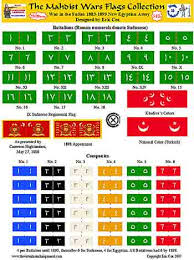





























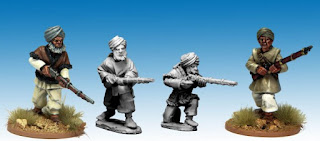











































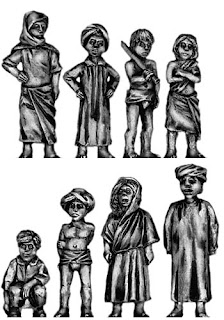








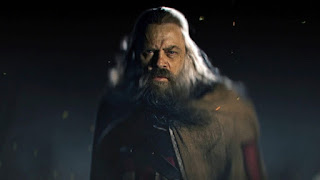































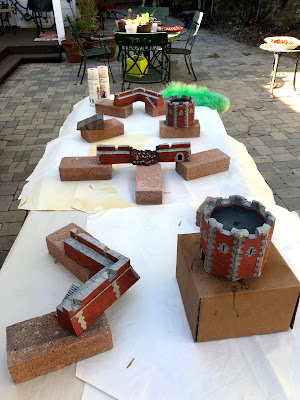




































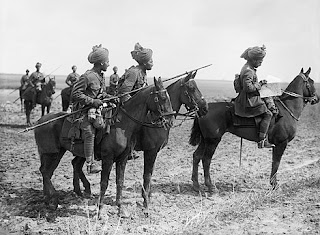












































































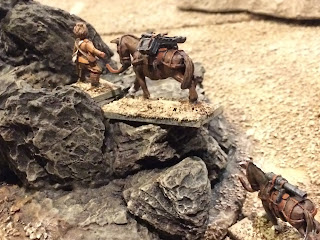
























































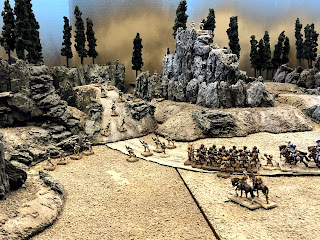





































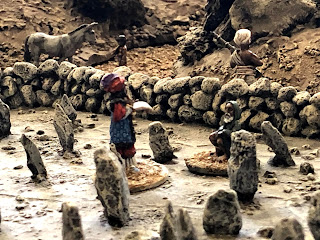




















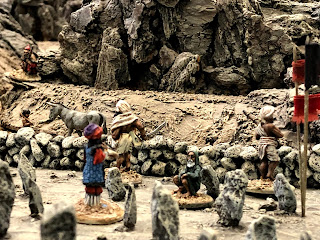











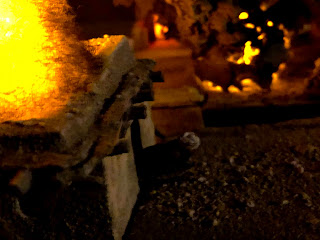











































































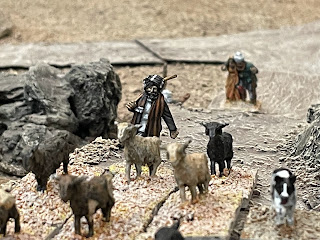










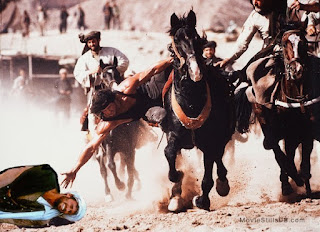
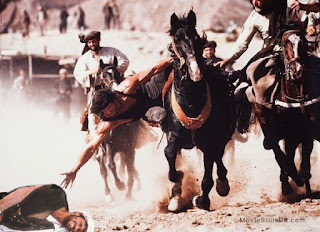
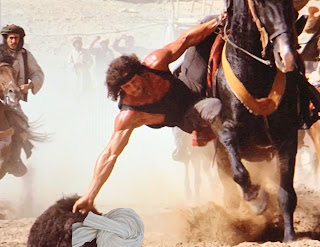







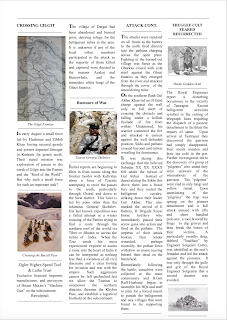








































.jpg)





















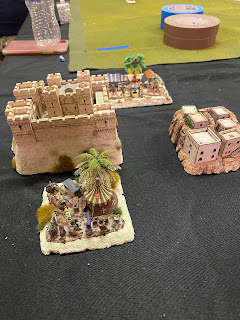











































































































































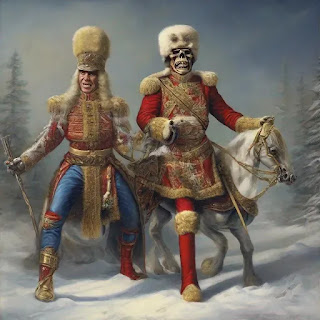


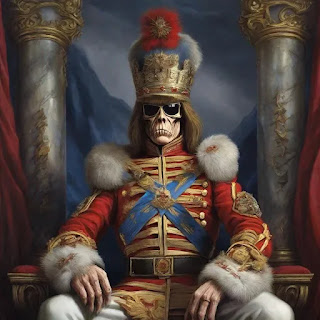







No comments:
Post a Comment